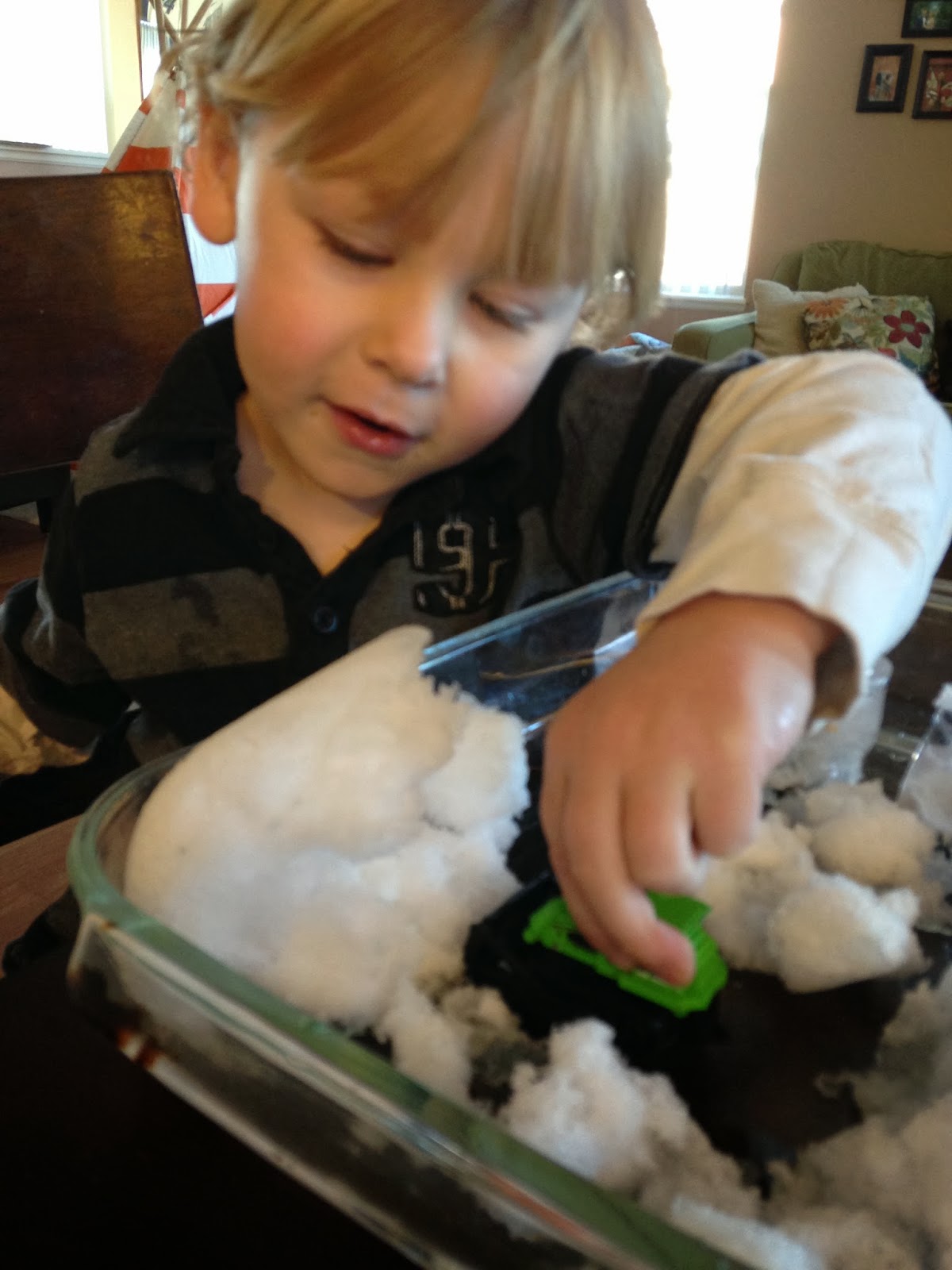As we continue our lessons on the different continents, I decided to have the boys take a more historical look at Australia. I wanted this lesson plan to teach them about the Aboriginal culture, art and people. Because our weather was chilly, and we were confined to the house due to snow days and delays, I decided to let my boys do a lot of projects and hands on activities for this lesson. This lesson is very project and art based so if you need some painting fun, and aren't worried about the mess, try some of these out!
Nature As Art:
The day before the snow came, I sent the boys outside to gather rocks and sticks. This is by far one of their most favorite activities, so the most difficult part of this task was bringing them indoors once they had a collection!

As they painted, we discussed why we were using nature to create art. I showed them images of different Aboriginal art: sticks, rocks, paintings on bark, etc. They thought it was pretty neat and liked the whole concept of being outdoors do paint. They were upset I wouldn't let them paint in outside. Anyway, while they painted, we talked about the different colors they were using, how many rocks they each were painting, how to mix colors to create other colors etc. Don't forget, while you are teaching about say, Australia, you always have the opportunity to teach your child about simple things that they should be learning about: colors, counting, math, shapes, all of these things are part of our daily life! Take advantage of easy ways to teach your kids the essentials!
Aboriginal Art:
Eric had the day off, so I thought we'd include Dad in some of our projects! It's always a great idea to share the learning process with another adult because they have different ideas of how to create an understanding of an overall theme. In order to create some Aboriginal art, I drew some basic images after I researched aboriginal art. I tried to include geometric shapes and images that were important to the lesson, but also historically accurate. Once I created the design, I gave the boys paint dabbers and asked them to put dots around the shapes. I showed them different pieces of aboriginal art and asked them to explain it to me. Henrik told me there were a lot of shapes and circles so I asked him to create art using those shapes.
Carefully, the boys used lines, dots and zig zags to create what I think are pretty cool pieces of art!
Cave Paintings:
That same day, since we had the paint out already, I asked them to do some cave drawings. We had already discussed how art could be created on wood, paper, rocks, sticks, etc. But I wanted to teach them about cave drawings and how they created a story once they were completed. For this project. I traced their hands. I told them that hand prints were common in cave images because they were personal and told a story about an individual. I suggested that when a baby was born, a hand print could be put on the cave wall and each year after that, a new, larger hand print of the same baby could be put up. Over time, we'd see how that child grew and grew.

As they decorated their hand print, we talked about different stories that they could tell me about their life through pictures. We talked about how Henrik could draw a car next to his hand print because he really loves cars, or how we could put a hand print of Theodor next to his to show they were brothers. I think they liked using symbols to show who they were. It was something different than we've ever done before, but I also really liked how they got to choose what represented them the most and why.
Tic-Tac-Toe:
While the boys were painting their rocks, I painted too. Given the success of Mancala, I decided that I'd play tic-tac-toe with Henrik during this lesson. I wanted to show him that games can be made from just about anything. So, we played! Australian style! There they have different words for it. I've heard, Naka Naka or even Noughts and Crosses, but either way, this was a fun game to play with my 3.5 year old!
We used the Kinetic Sand as our base, a few rocks that I collected from earlier and some paint to create this simple game that can be played anywhere all over the world. Even in Australia.
Sensory Play:
While Hank and I played tic-tac-toe, Erica and Theo were given the task of creating the Outback and Uluru, the largest, most famous rock in Australia. It just sticks up out of no where. The boys and I ready multiple stories how how the rock was formed, (from folklore) and then they were given the task to create it out of Kinetic Sand! We also compared Uluru with rocks we have here in Colorado and discussed how they were different than Uluru because ours are in clusters of other rocks, and Uluru is the only rock formation for miles.
While Hank and I played, and Theo and Eric played, we discussed the animals from Australia. The boys learned about marsupials and even recalled going to our zoo and being face-to-face with a wallaby!




















































